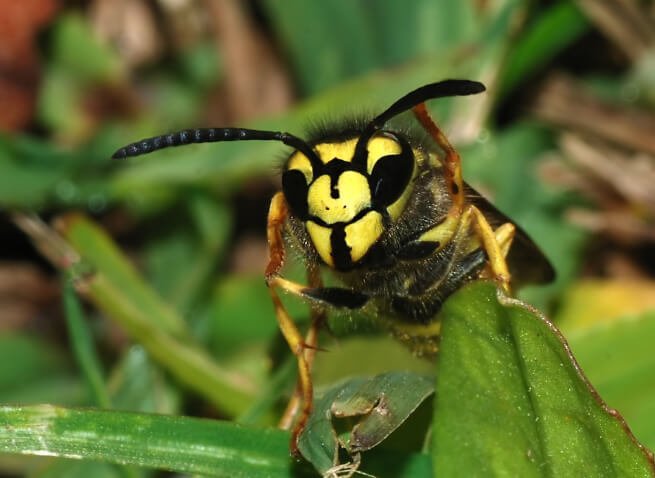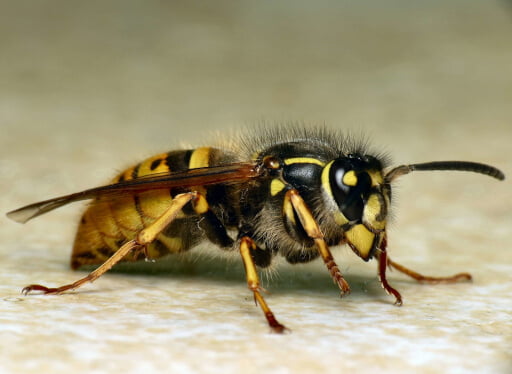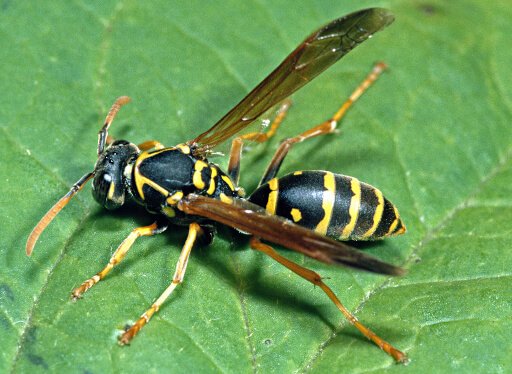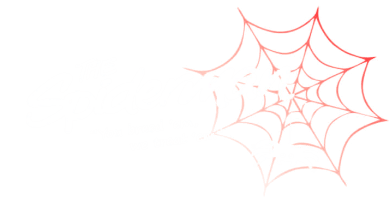Contact us today for a free no-obligation quote
Wasps
New Zealand has five species of social wasps, all accidentally introduced since the 1940s, classed as pests. Not only do these nasty creatures disturb your picnic or BBQ but they cause significant harm to native birds and insects and affect industries such as horticulture, forestry, tourism and beekeeping.
The German wasp (Vespula germanica) was first recorded near Hamilton in 1945, whereas the Common wasp (Vespula vulgaris) arrived in 1978. With mild winters, plenty of food and no natural predators, New Zealand has the highest densities of these species in the world. Beech forests (especially in the top of the South Island) have on average 12 nests per hectare (around 10,000 wasps), with the highest number recorded of 50-60 nests. The world’s largest nest, recorded near Auckland, was nearly four metres high (about four million cells) although nests about the size of a soccer ball are more common.
The Asian Paper wasp (Polistes chinensis) is a more recent introduction and can now be found as far south as Otago. They are particularly common in Marlborough, making small nests from regurgitated woody material in sheds, eaves and even mailboxes.
Wasps tend to build nests in inconvenient places around properties, although these are usually easily treated.

Alvesgaspar / Creative Commons
The German wasp has a complete yellow band behind the eye and dots on the face.

Martin Cooper (Ipswich, UK) / Creative Commons
The Common wasp has a black mark behind the eye and an anchor shaped mark on the face.

Don Horne / Creative Commons
The Asian Paper wasp is found throughout the top of the South Island. They build small nests from regurgitated woody material.
Both the German and Common wasp hunt sources of protein (alive or dead) and thus can be treated using a bait product. Paper wasps, on the other hand, only feed on live prey so these need to treated with insecticide and removed if possible. Treatments can be effective for up to 12 months.
